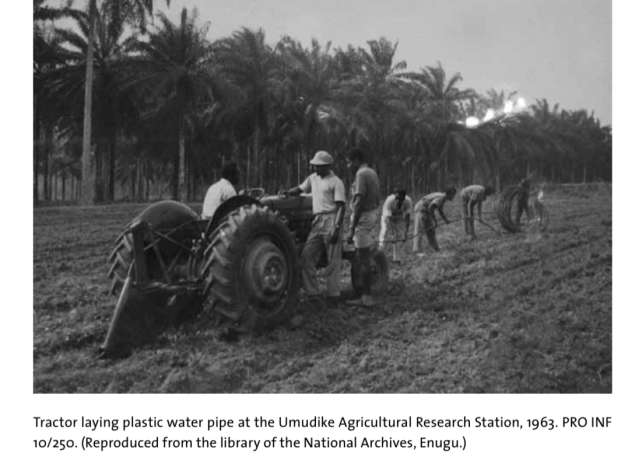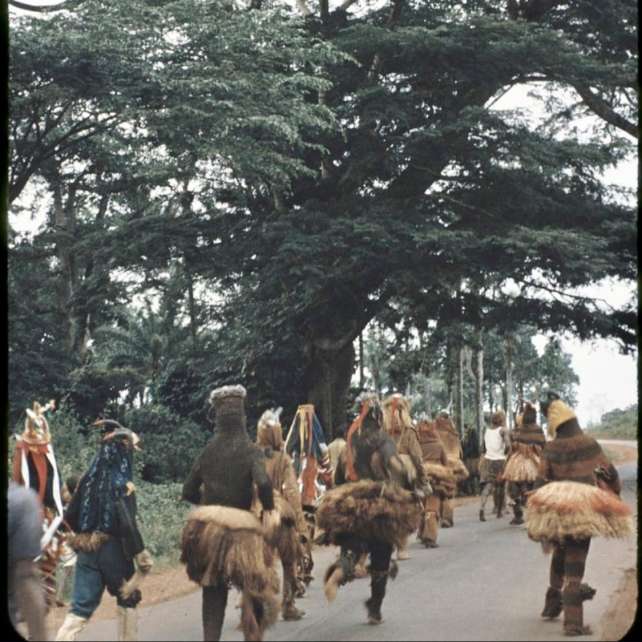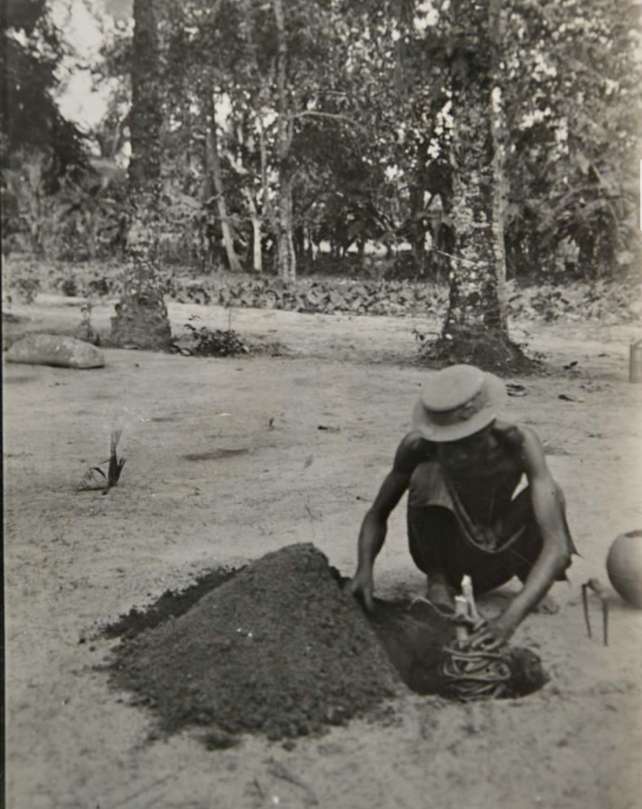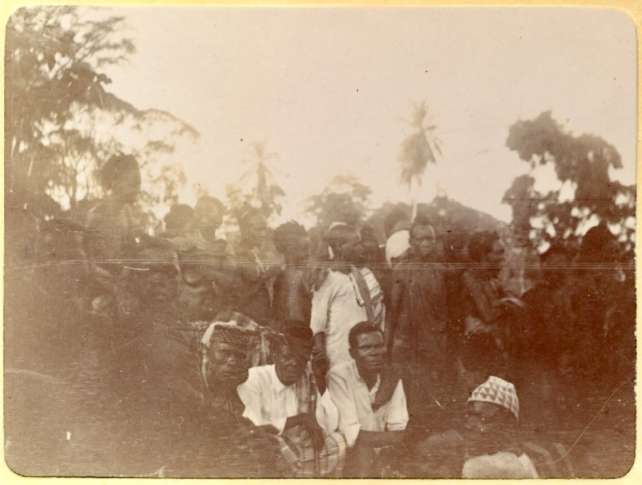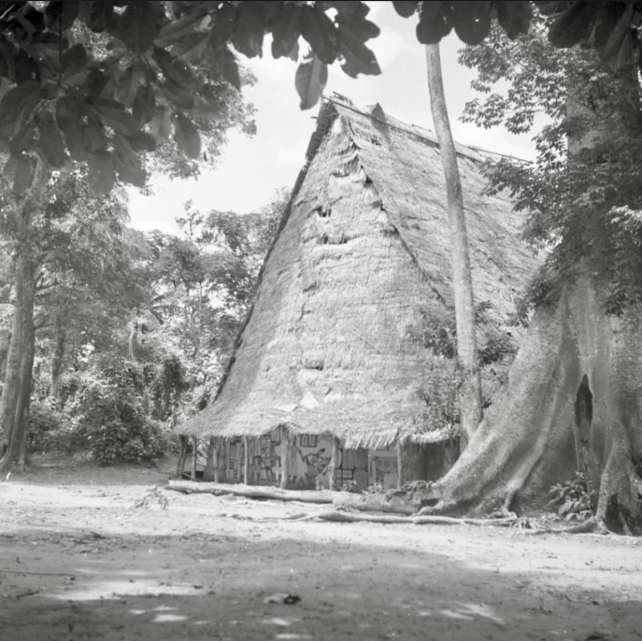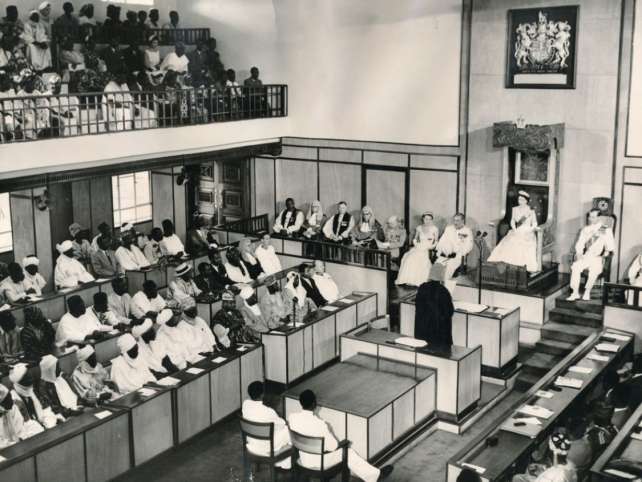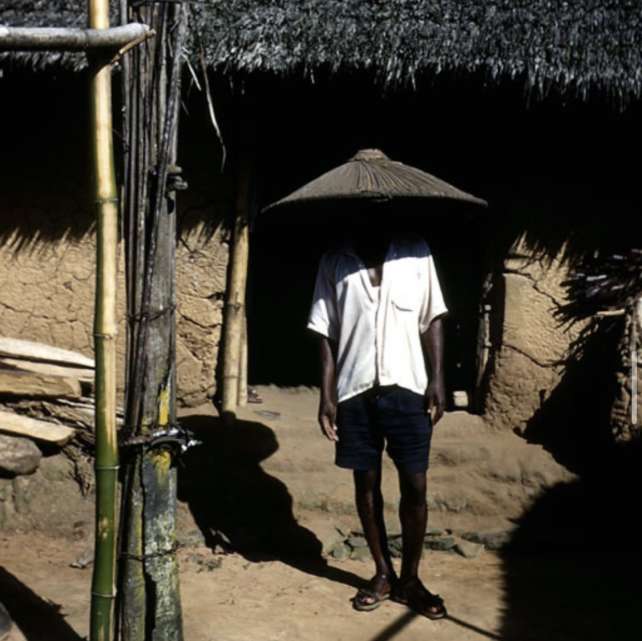The Ụbụlụ-Ukwu Ine festival is an important event among the people. It takes place on a Wednesday every September, the people say, on the "ninth moon." There are three major festivals in the kingdom: the Ine, the Iwu, and the Iwa-ji (New Yam).
How the Ine Festival Began
As he said, Dịọkpa…


